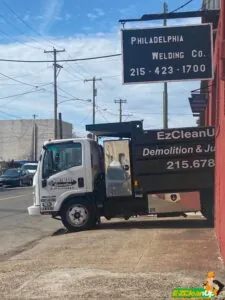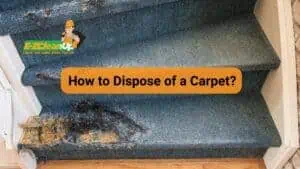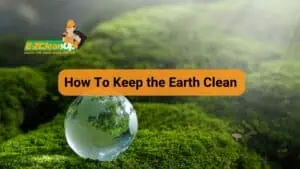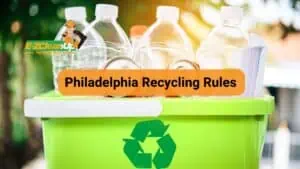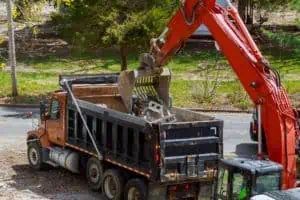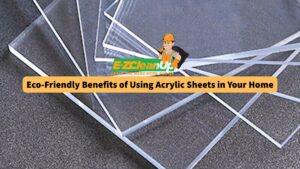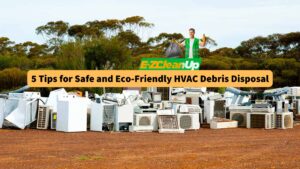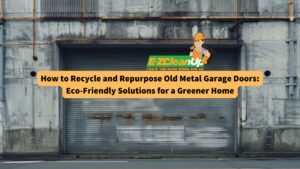To responsibly dispose of Tupperware, recycle it via local programs or specialized recycling centers. For non-recyclable Tupperware, consider upcycling, donating, or repurposing.
Discover various safe and sustainable answers to “How do I get rid of Tupperware?” in this guide.
Options for Recycling Tupperware
Tupperware and similar food storage containers can be recycled. Lids should be recycled with their containers. If your local recycling program doesn’t accept #5 plastics, you might consider specific recycling programs or even donation options. Another method is upcycling or repurposing these containers for non-food storage needs, thus reducing waste.

Types of Plastics in Tupperware and Their Recyclability
Tupperware, a household name in food storage, utilizes different types of plastics, each with distinct characteristics and recyclability.
- Polypropylene (PP): The most common material in Tupperware, polypropylene is known for its durability and resistance to chemicals and temperature. It’s typically marked with a #5 recycling symbol. While it’s recyclable, the acceptance of #5 plastics varies among recycling centers. PP is food-safe and heat-resistant, making it suitable for a range of uses, including the microwave and dishwasher.
- Polyethylene (PE): Another plastic used in Tupperware, polyethylene is lightweight and flexible. It’s often used in lids and is marked as #4 for recycling. Like PP, its recyclability depends on local facilities.
- Polycarbonate: Polycarbonate plastic is strong and clear but has some limitations. It’s not microwave or freezer safe and can leach chemicals at high temperatures. Tupperware items made from this material need careful handling and are less commonly recycled due to these properties.
- Acrylonitrile Butadiene Styrene (ABS): ABS is used for Tupperware products that require a hard, glossy finish, like mixing bowls. It shares similar characteristics with polycarbonate, including being dishwasher safe but not suitable for microwave or freezer use. ABS can also leach chemicals at high temperatures.
It’s important to check the recycling symbol on your Tupperware and consult local recycling guidelines for proper disposal. While some types of plastics are widely accepted in recycling programs, others may have more limited options. Understanding these materials can help you make informed decisions about using and recycling Tupperware products responsibly.
Understanding the Recycling Symbols on Tupperware
The recycling symbols on Tupperware, typically located at the bottom, are crucial for determining how to recycle them. The most usual symbols are #5 (polypropylene) and #4 (low-density polyethylene, LDPE). While #5 is used for the containers, #4 is often found in lids.
Unfortunately, #5 plastic has a lower recycling rate compared to other types, but awareness and recycling options are increasing. It’s essential to identify these symbols and check with local recycling centers or use tools like RecycleNation and Earth911 to find appropriate recycling facilities.
These symbols are part of the universal plastic resin identification coding system, designed to aid in sorting recyclables effectively.
Alternative Disposal Methods
Here are the other options for what you can do with your old Tupperware:
Upcycling Ideas for Non-Recyclable Tupperware
When Tupperware can’t be recycled, upcycling becomes an excellent way to repurpose these items creatively. Here are some ideas:
- Plant Pots: Non-recyclable Tupperware can be transformed into plant pots. Simply drill some holes in the bottom for drainage, and you have a new home for small plants or herbs.
- Organizers: Use old Tupperware containers to organize small items like office supplies, craft materials, sewing essentials, or hardware items like screws and nails.
- Toy Storage: They can be great for storing children’s small toys, puzzle pieces, or Lego blocks.
- Pet Food Storage: Upcycle Tupperware for pet food storage, especially for small pets like guinea pigs or rabbits. They can also serve as makeshift feeding bowls.
- DIY Art Projects: Get creative and use them for DIY art projects. Kids can use them for painting activities, or you can cut and shape them into unique art pieces.
- Emergency Kit: Convert Tupperware into an emergency kit container for your car or home, where you can store essentials like first-aid supplies, flashlights, and batteries.
- Garden Tool Holder: They can be used to store and carry garden tools and supplies to make your gardening tasks more organized.
- Homemade Gift Boxes: Decorate them and use as gift boxes for small presents to add a personal touch to your gift-giving.
Donating Usable Tupperware
If your Tupperware is still in good condition but you no longer need it, donating it can be a great option. Many charity thrift stores accept such items, which can be reused by others. Before donating, ensure that the Tupperware is clean and in a condition that others would find useful. It’s a simple but effective way to reduce waste and support your community.
Selling Vintage Tupperware
Vintage Tupperware items, especially those in good condition or with unique designs, can have considerable value. Selling them can be a great way to earn some extra cash while ensuring these items are appreciated and used. You can sell vintage Tupperware through online platforms, garage sales, or to collectors. This act helps preserve a bit of history, as many vintage Tupperware items are considered collectibles.
Choosing Sustainable Alternatives to Plastic Tupperware
When considering replacing old Tupperware, there are several sustainable alternatives that can be both eco-friendly and functional for your food storage needs:
- Glass Containers: Glass is a durable, non-toxic option that’s great for various storage needs. It’s also versatile for use in refrigerators, freezers, and sometimes microwaves and ovens. They have the added benefit of being free from chemicals that can leach into food.
- Stainless Steel Containers: These containers are a sturdy, food-safe choice. They’re suitable for both hot and cold items and do not absorb bacteria or leach chemicals. Stainless steel is recyclable, although it’s important to choose pure, unpainted steel to ensure it’s fully recyclable.
- Silicone Containers: Known for their flexibility and durability, silicone containers are a lightweight, easy-to-clean option for on-the-go snacks. They’re generally safe for use in freezers, microwaves, and dishwashers. Just make sure to choose food-grade silicone to avoid any health risks.
- Bamboo Containers: Bamboo offers an elegant and environmentally friendly alternative. It’s naturally anti-microbial and fast-growing. Bamboo containers can add a stylish touch to your kitchen while being functional for food storage.
- Beeswax Wraps: As an alternative to plastic wraps, beeswax wraps are sustainable, reusable, and biodegradable. They’re great for wrapping sandwiches, vegetables, and other items and can be used multiple times with proper care.
- DIY Cloth Covers: For a homemade, sustainable option, creating cloth covers for bowls and dishes can help avoid disposable wraps. This method is simple and adds a personal touch to your kitchen.
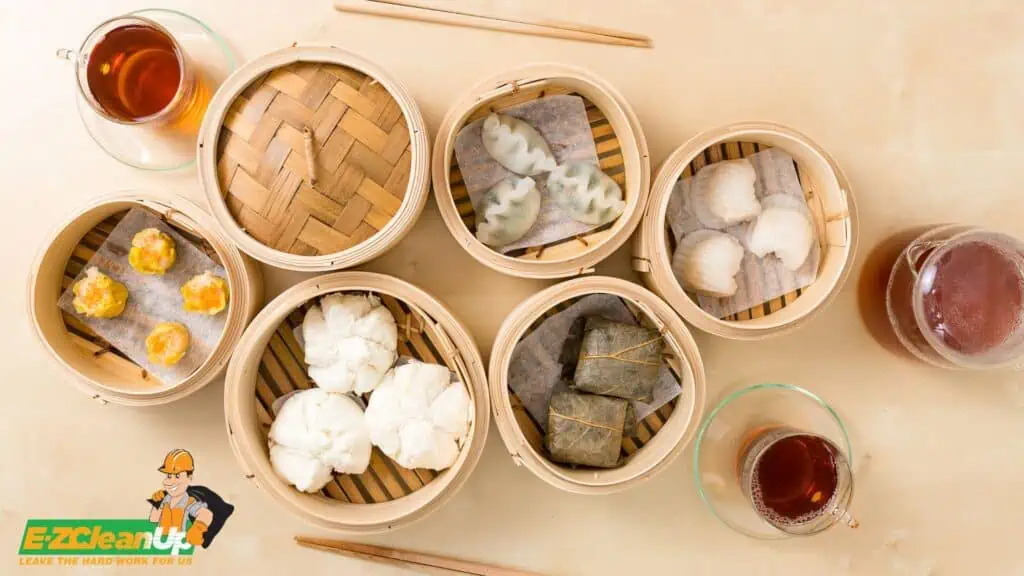
Evaluating Material Safety and Sustainability
When replacing old Tupperware, it’s important to consider the safety and sustainability of the materials used in food storage containers. Glass, stainless steel, and ceramic are excellent choices as they are non-reactive, non-toxic, and do not release chemicals or toxins into food. They are also durable and heat-tolerant.
However, they can be heavier, more breakable (in the case of glass and ceramic), and potentially more costly than plastic alternatives. Plastic containers, while convenient and lightweight, may contain BPA, especially older or scratched ones, which can pose health risks.
Safe plastic numbers include 2, 4, and 5 (HDPE, LDPE, and PP materials). Silicone is another safe option, being resistant to extreme temperatures and free from harmful chemicals. It’s lightweight and versatile, although there are limited studies on its long-term health effects.
Understanding the Basics of Tupperware Disposal
When it comes to disposing of Tupperware, knowing when and how is crucial.
Identifying the Right Time to Dispose of Tupperware
The lifespan of Tupperware isn’t set in stone. It depends on how well you care for it and the quality of the plastic. A general rule is that Tupperware and similar plastic containers last between 5 and 10 years. If your Tupperware becomes warped, cracked, or deeply scratched, it’s time to let it go.
Deep scratches can harbor bacteria, which is a health concern. Notably, Tupperware made before 1979 should not be dishwashed, and pieces manufactured before 2010 may contain BPA, a harmful chemical linked to various health issues like diabetes and infertility.
Common Signs of Tupperware Wear and Tear
Tupperware made of polypropylene plastic tends to absorb colors and odors, which doesn’t necessarily mean it’s unsafe, but it could affect the taste of stored food. Watch for signs like cracks, chips, or unusual textures, as these can foster bacterial growth and potentially contaminate your food. If your Tupperware shows these signs, it’s a clear indicator to dispose of it.
Safety Concerns with Old Tupperware
Old Tupperware, especially those over a decade old, might contain hazardous chemicals like cadmium, lead, and arsenic. These can leach into your food, posing significant health risks. Vintage Tupperware products are particularly concerning due to the potential leaching of additional harmful substances. So, when you notice damage or wear on your Tupperware, consider replacing it for safety’s sake.
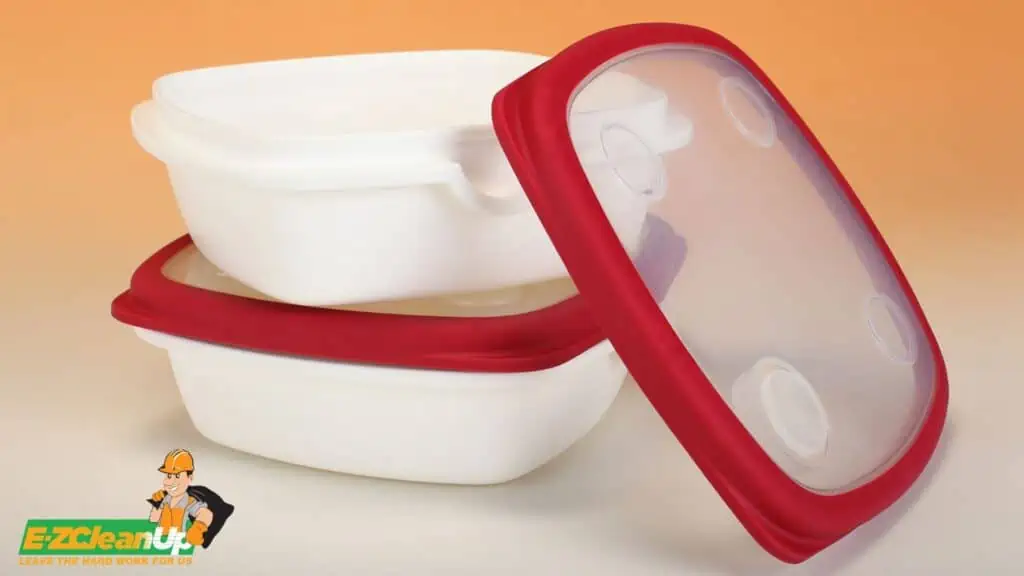
Understanding Tupperware Materials
The composition of Tupperware materials, especially in older products, raises questions about their safety and environmental impact.
The BPA Question: Are Older Containers Safe?
Bisphenol A (BPA) has been a key concern in older Tupperware products. Since March 2010, Tupperware products sold in the US and Canada have been confirmed to be BPA-free.
Containers made before 2010 may contain BPA, a chemical associated with potential health risks. It is advised to check the manufacturing date of Tupperware containers. If made before 2010, consider replacing them with newer, BPA-free alternatives to minimize potential BPA exposure and ensure food safety.
Is Vintage Tupperware Dangerous?
Vintage Tupperware, especially those produced before the discontinuation of BPA usage, can potentially contain harmful chemicals such as lead, mercury, cadmium, arsenic, and BPA. These substances can leach into food, posing health risks.
To maintain safety, it is recommended not to use vintage Tupperware for food storage, particularly if it is not certified as BPA-free. Instead, repurposing for non-food-related uses or selling to collectors can be considered to avoid potential health hazards.
The Lifecycle of Tupperware Materials
Tupperware has taken steps to enhance sustainability in its product lifecycle. By 2025, all Tupperware products are set to be delivered in compostable or biodegradable packaging, eliminating the use of poly bags.
Furthermore, Tupperware has committed to using sustainably sourced materials and introduced the ECO+ Material as part of its “No Time to Waste“ initiative. This approach reflects the company’s commitment to creating environmentally friendly products and reducing waste while addressing concerns related to the safety of older materials.
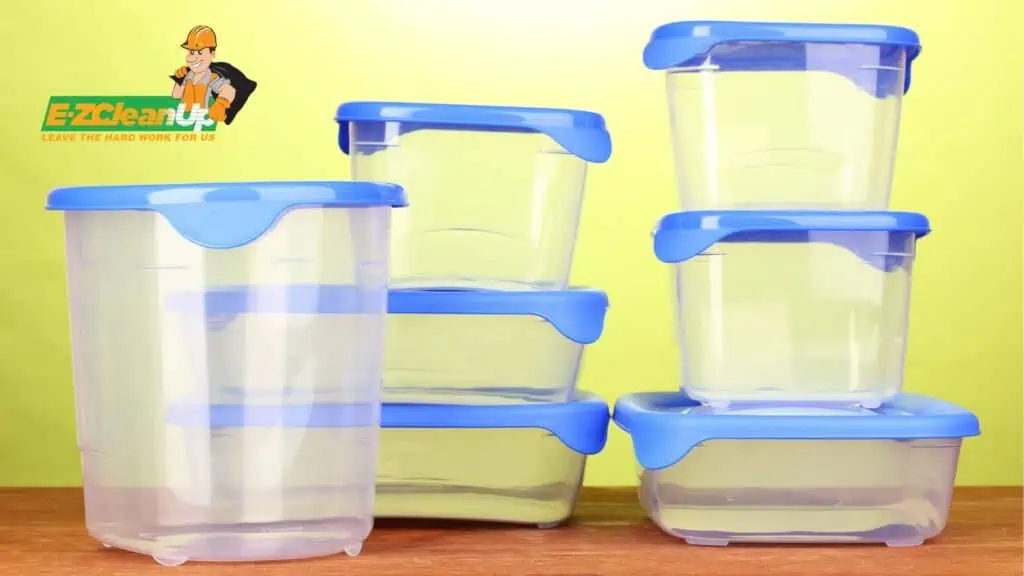
Tupperware Disposal Made Easy
Getting rid of Tupperware responsibly is a straightforward process. Recycle, repurpose, or donate – these are key ways to handle Tupperware disposal. This approach declutters your space while doing something good for the environment.
If disposing of Tupperware leads to a bigger cleanup project, EZ CleanUp is ready to step up. We offer comprehensive junk removal services for homes, businesses, and construction sites. Reach out to us for any extensive cleanout needs.


